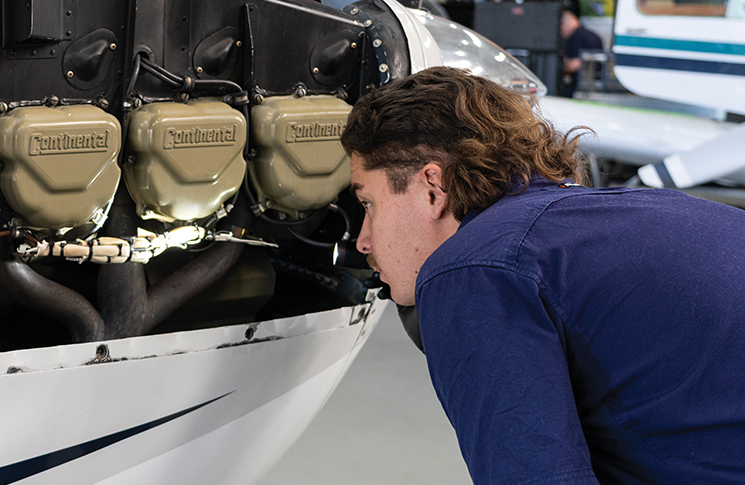When you become an aircraft owner you enter a relationship, not with the aircraft – all romanticism aside it is no more than an assemblage of metal and other mixed materials – but with the professionals who maintain it. You could think of aircraft maintainers as being analogous to in-laws, these are the secondary relationships that come bundled with the love of your life. One difference though – you do not have the option of ignoring your aircraft maintainer or only nodding to them at family gatherings.
Aircraft differ from motor vehicles in that their major systems must be repaired and maintained by qualified people – licensed aircraft maintenance engineers (LAMEs). Pilots are approved to carry out only a few minor tasks. However, the responsibility for an aircraft’s continuing airworthiness rests squarely with the registered operator.
In the words of CASA Advisor Circular 1-04v1.0, ‘Registered Operators (RO) are required to ensure that aircraft being used in their operations are maintained in accordance with the applicable sections of Parts 4A to 4D of the Civil Aviation Regulations 1988 (CAR) and they are in a condition for safe operation.’ Similar requirements exist for aircraft maintained under the Civil Aviation Safety Regulations (CASR) Part 42.
In practice most registered operators work closely with their aircraft maintainers to ensure and manage an aircraft’s airworthiness. They defer to expertise, while taking responsibility. It is a relationship of trust and mutual understanding. When a LAME says ‘I’ve noticed something else that needs attention,’ it is very different from a waiter asking, ‘would you like chips with that?’. They are not upselling but keeping their part of the agreement with you to maintain the aircraft’s airworthiness.
The aircraft’s structure, total and component hours, compliance with airworthiness directives (ADs) and history are aspects of the deal that need professional attention and analysis.
Staying current on ADs is the operator’s responsibility, not the responsibility of the maintenance organisation. And while your in-laws cannot (usually) order you around, a has not to issue a maintenance release unless all required maintenance has been carried out. Indeed a maintenance organisation or LAME is not allowed to issue a maintenance release unless all required maintenance has been carried out.
Not that it should ever come to that, listening to their concerns is taking your own safety seriously.
Further information:
- Acceptable Means of Compliance and Guidance Material | Civil Aviation Safety Authority (casa.gov.au)
- AC 1-04 v1.0 – Registered operator responsibilities for continuing airworthiness (casa.gov.au)
- Airworthiness Directives | Civil Aviation Safety Authority (casa.gov.au)





